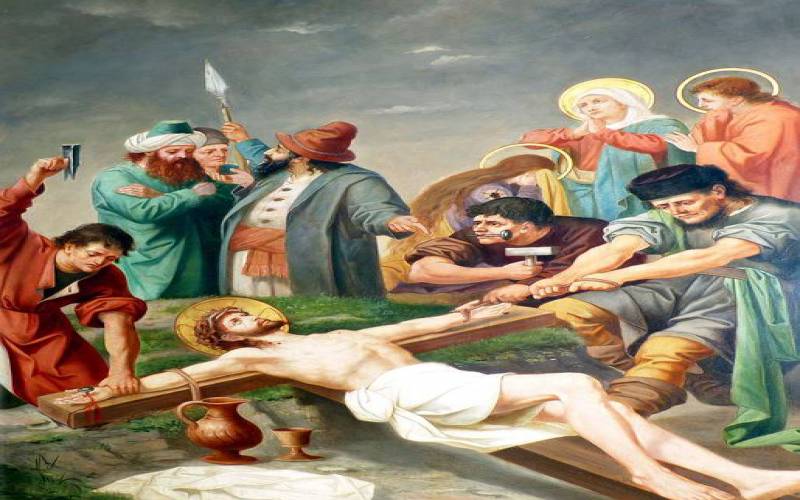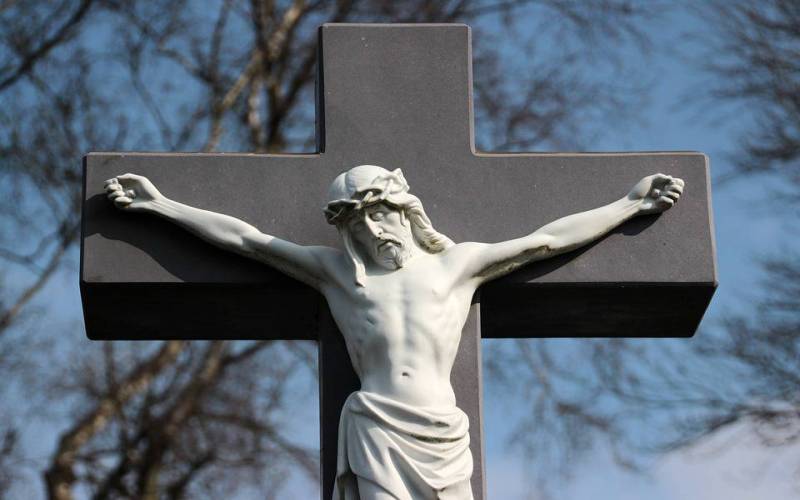Good Friday Festival, India
Good Friday, the Friday before Easter, marks the annual remembrance of the Crucifixion of Jesus Christ. Karfreitag ("Sorrowful Friday"), the German word for Good Friday, carries the meaning of sorrow, penance, and fasting as far back as the early days of Christianity.
Jesus' last meal with his disciples on the night before his Crucifixion was a Passover seder, according to the Synoptic Gospels (Matthew, Mark, and Luke). On the 15th of Nisan, that would place the date of Jesus' death on the first day of Passover (beginning at sundown). However, Christians do not commemorate that fixed date because of the Gospel according to John, which suggests that Passover had not yet begun when Jesus' final meal took place. As opposed to the Gregorian solar calendar, the Last Supper is associated with the Seder because this date corresponds to the Jewish lunisolar calendar. Even though this assumption is tricky, both Good Friday and Easter have been dated based on it.
Over the centuries, the liturgical celebration of Good Friday has changed considerably. Roman Catholics do not celebrate a mass on Good Friday, although they perform a liturgy. The Holy Communion was traditionally consecrated on Maundy Thursday when the officiating priest took it; it is celebrated on Good Friday by laypeople since 1955. In Good Friday's liturgy, the Gospel Passion narrative is read, the cross is adored, and Communion is celebrated. The Three Hour Service, a prayerful reflection on Jesus' "Seven Last Words on the Cross," was introduced to the Catholic liturgy by the Jesuits following a devastating earthquake in Peru during the 17th century. It occurs from noon to 3 p.m. Eastern Orthodox churches celebrate a similar service, but do not celebrate Communion on Good Friday.



